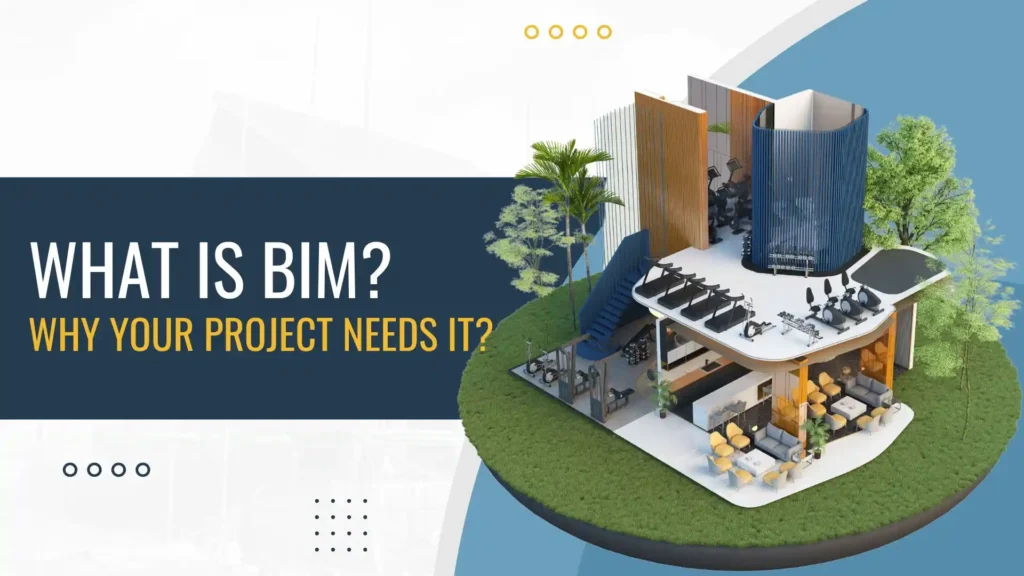2. Improved Visualization and Design
BIM allows for the creation of highly detailed 3D models that provide a realistic visualization of the final project. Stakeholders can explore the model from various angles and perspectives, making it easier to understand the design intent. This improved visualization helps identify potential design flaws early in the process, reducing the need for costly changes later on.
3. Increased Efficiency and Productivity
The automation and integration capabilities of BIM streamline many aspects of the design and construction process. Tasks such as generating construction documents, performing clash detection, and updating changes across all project documents are automated, saving significant time and effort. This increased efficiency allows project teams to focus on higher-value activities, ultimately boosting productivity.
4. Cost Savings and Budget Management
BIM provides accurate cost estimates and detailed quantity take-offs, allowing for better budget management and cost control. By identifying potential issues early in the design phase, BIM helps avoid costly rework and delays during construction. Additionally, the improved accuracy of construction documents reduces the likelihood of change orders and associated costs.
5. Enhanced Project Quality and Performance
The data-rich nature of BIM models ensures that every aspect of the design is well-documented and coordinated. This level of detail improves the quality of construction documents and reduces the chances of errors and omissions. As a result, the final project is more likely to meet the desired quality standards and performance criteria.
6. Better Risk Management
BIM’s ability to perform clash detection and simulate construction sequences helps identify and mitigate risks before they become issues on-site. By visualizing the construction process, project teams can anticipate potential problems and develop strategies to address them proactively. This proactive approach to risk management reduces the likelihood of delays and ensures a smoother construction process.
7. Sustainable Design and Construction
Sustainability is a growing concern in the US construction industry, and BIM plays a crucial role in promoting green building practices. BIM enables the analysis of various design options to optimize energy efficiency, material usage, and environmental impact. By simulating the building’s performance, project teams can make informed decisions that lead to more sustainable and environmentally friendly designs.
8. Lifecycle Management and Facility Maintenance
BIM models are not only valuable during the design and construction phases but also throughout the building’s lifecycle. The comprehensive data embedded in BIM models can be used for facility management and maintenance, providing valuable information on building components, systems, and maintenance schedules. This lifecycle approach ensures that the building operates efficiently and remains well-maintained over time.
9. Regulatory Compliance and Approvals
Navigating the complex web of building codes and regulations in the US can be challenging. BIM helps streamline this process by providing detailed documentation and accurate information required for regulatory approvals. The ability to simulate and analyze the design against various code requirements ensures compliance and reduces the risk of costly delays due to regulatory issues.
10. Competitive Advantage
Adopting BIM architectural services can provide a significant competitive advantage in the US construction market. Firms that leverage BIM are better positioned to deliver high-quality projects on time and within budget. This reputation for excellence can attract more clients and projects, driving business growth and success.
Conclusion
The adoption of BIM architectural services offers numerous benefits for US construction projects, from enhanced collaboration and communication to cost savings and improved project quality. By embracing BIM, construction firms can stay ahead of the curve, delivering projects that meet the highest standards of efficiency, sustainability, and performance. As the US construction industry continues to evolve, BIM will remain a critical tool for achieving success in an increasingly competitive landscape.



